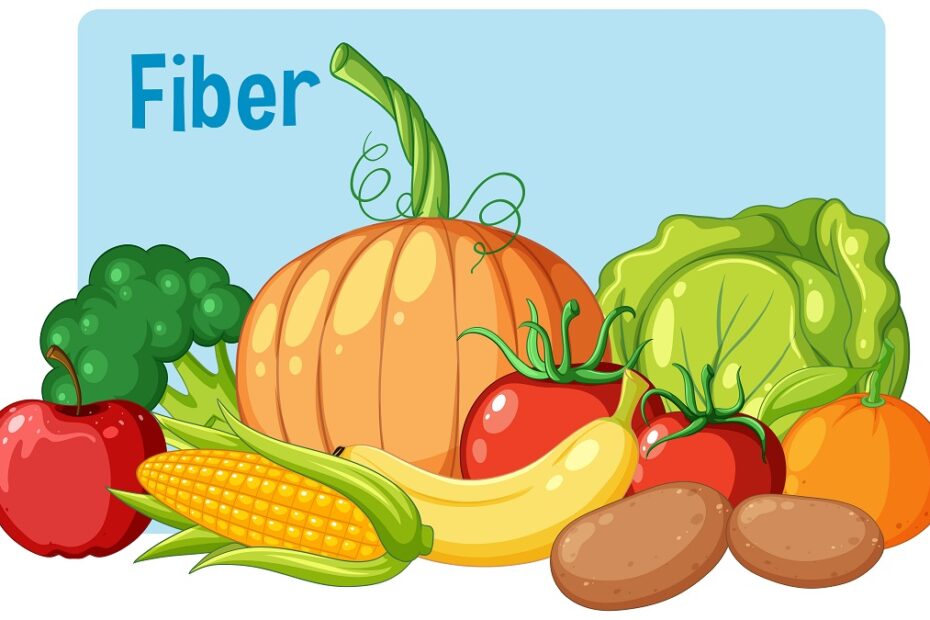Fibre is a type of carbohydrate that cannot get digested and leaves the stomach undigested due to a lack of an enzyme in the human body. But if it doesn’t get absorbed, why is it so important to have a fibre-rich diet? Because fibre-rich foods provide numerous health benefits and gut-friendly bacteria in your body feed on them.
Fibres are found in many varieties of food including fruits, vegetables, whole grains, and legumes. But most people are not intaking enough fibre despite its benefits.
Here are some reasons why fibre is important in our diet,
- Maintains healthy weight
- Manages cholesterol levels
- Cures constipation
- Promotes healthy blood sugar levels
- Reduces risk of colon cancer
- Supports gut microbiome
The daily requirement of dietary fibre is approximately 25 – 30 g/day which seems like a small quantity, but not many people can meet even half of the recommended amount.
Want to add some improvements to your health? Adding high-fibre-rich foods is the key!
Fibre-rich foods are easy to incorporate as well as always available. So, here are the top 10 fibre-rich foods you need to add to your diet right away!
1. Lentils
Lentils such as green gram, horse gram, and red lentils are cheap and nutritious food as it is a good source of proteins for vegetarians and rich in carbohydrates. Additionally, the fibre content in such lentils is 7- 17 g per 100 grams, making them the best fibre-rich food.
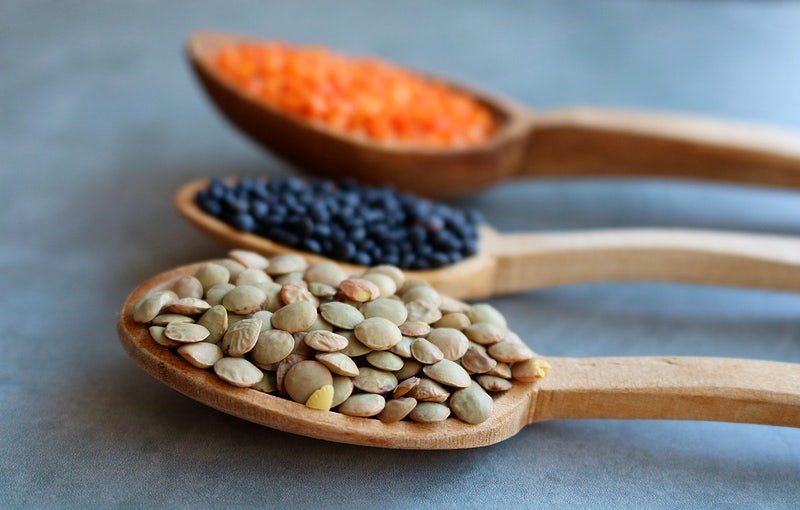
2. Oats
Undoubtedly oats are high in vitamins, minerals, and antioxidants, not just that the fibre content is 10.1 g per 100 grams. They also contain a specific type of soluble fibre called beta-glucan that helps to control hunger, blood sugar and cholesterol levels.
So think before missing out on this healthy breakfast option that may work wonders for your health.
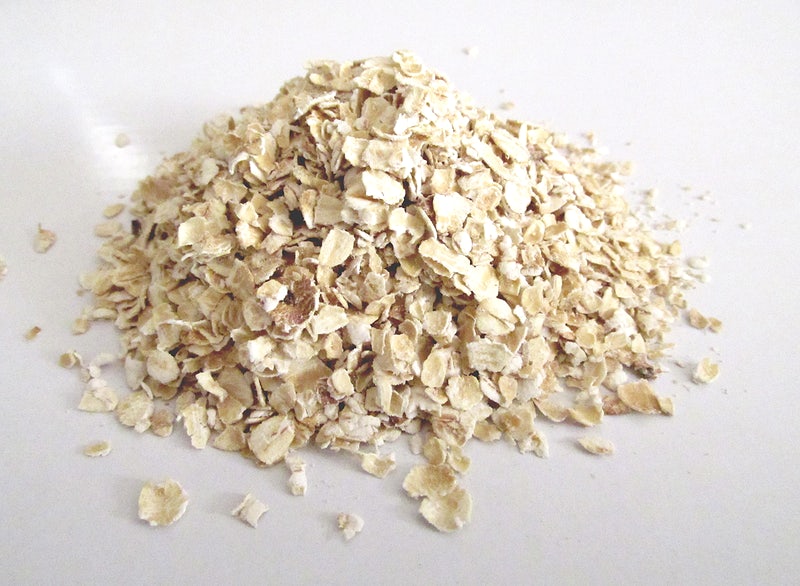
3. Guava
Guava is one of the fibre-rich fruit containing about 5.4 g of fibre per 100 g. It is also rich in antioxidants, vitamin C, potassium, and fibre which is about 5.4 g per 100 g. Additionally, it helps boost heart health, relieve menstrual pain, aids in healthy bowel movements, and cures constipation.
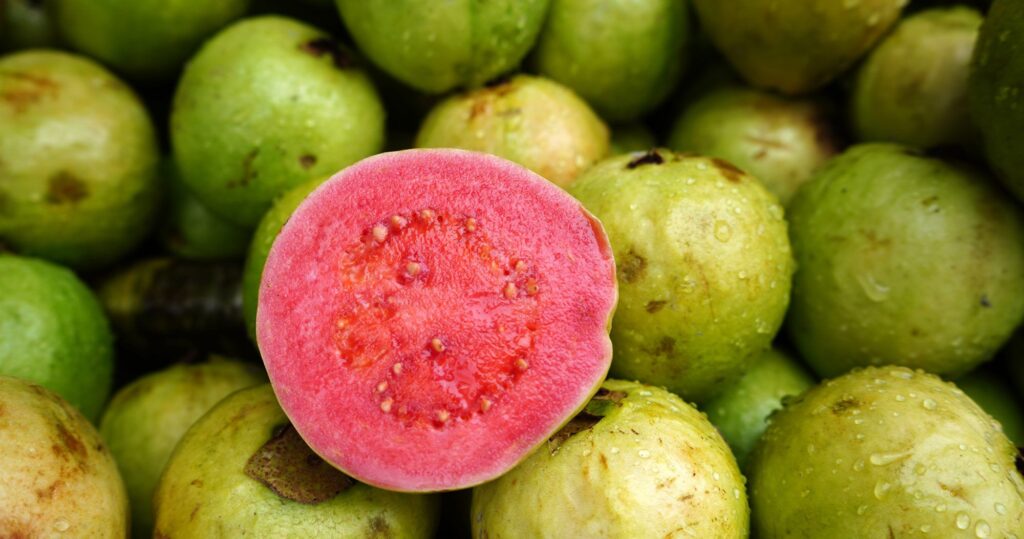
4. Popcorn
Popcorn can be your go-to snack if you want something filling and tasty, but always prefer air-popped popcorn as adding excess fat can significantly decrease the fibre proportion.
The fibre content in Popcorn is 14.4 g of fibre per 100 g. It promotes good digestive health and regular bowel movements.

5. Chia Seeds
Chia Seeds are not just rich in minerals such as calcium, phosphorus, and magnesium but are also the best source of fibre containing 34.4 grams per 100 grams. It’s added to drinks, puddings, or fruit salads. It plays a vital role in maintaining the gut microbiome and helps lower cholesterol.
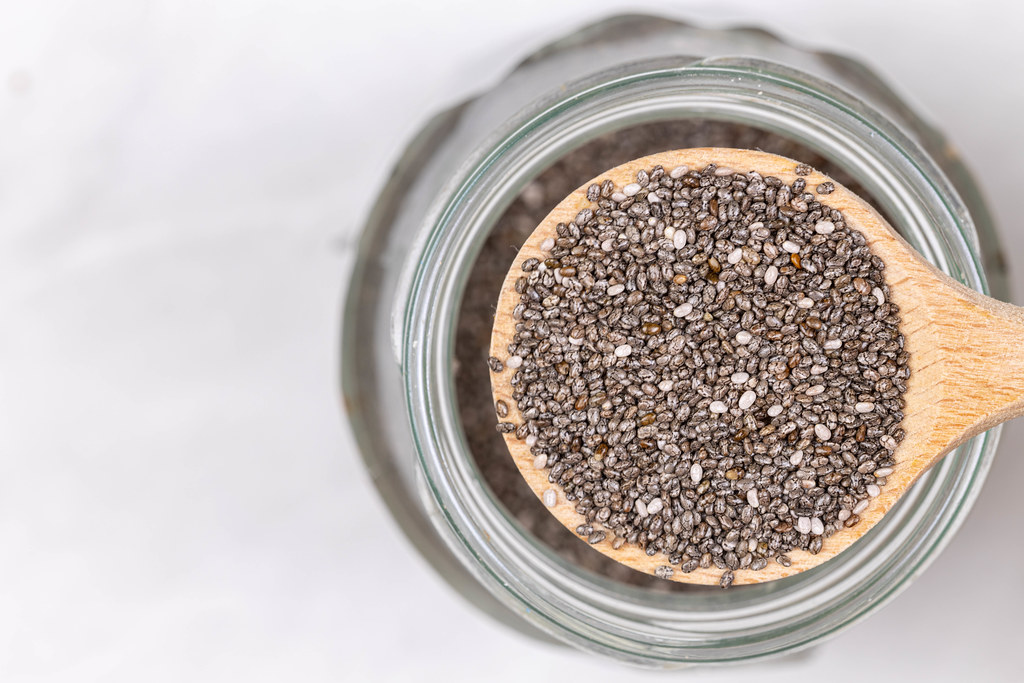
6. Carrot
Carrot, a fibre-rich vegetable, has about 2.8 g of fibre in 100 g of carrot. This crunchy and sweet vegetable is rich in vitamin K, Vitamin B-6, beta-carotene (Pigment that converts to Vitamin A), and magnesium. They help to ease constipation and are good for people with diabetes.

7. Green Peas
Green peas are a high-fibre-containing food. As it is rich in protein and fibre, it keeps you full for a long time and contains almost every vitamin and mineral along with significant amounts of fibre, which is about 4 g/100 g. They are also packed with antioxidants and help in easier digestion.
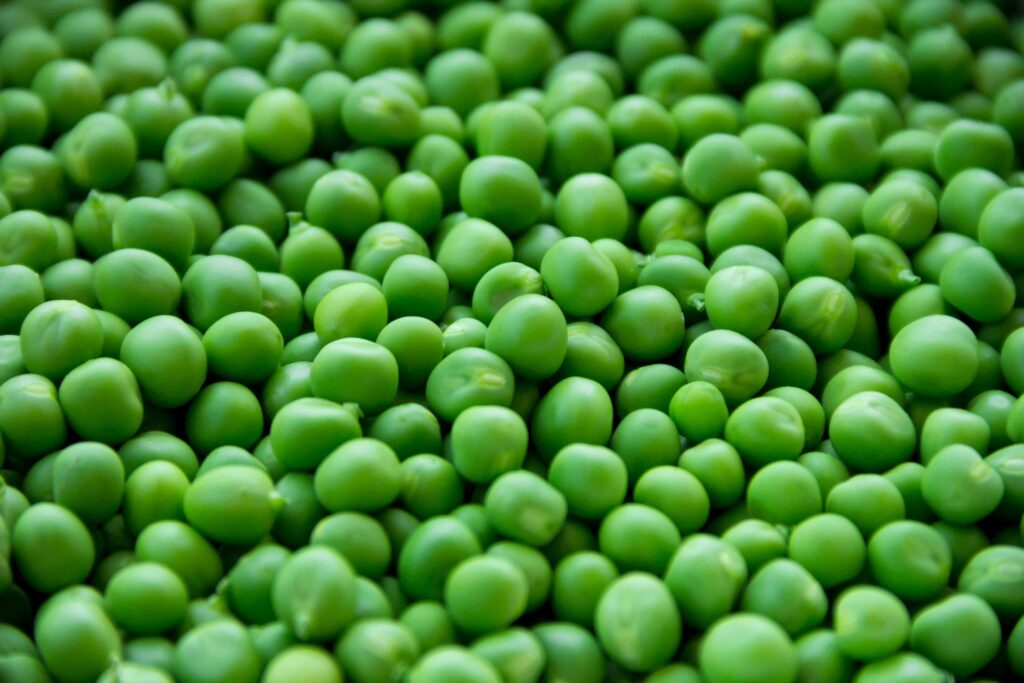
8. Barley
The fibre content is about 15.6 g /100g of barley. It consists of soluble fibre that binds with water and various other molecules while passing through the digestive tract, which reduces the pace of sugar absorption in the bloodstream; and the risk of colon cancer.
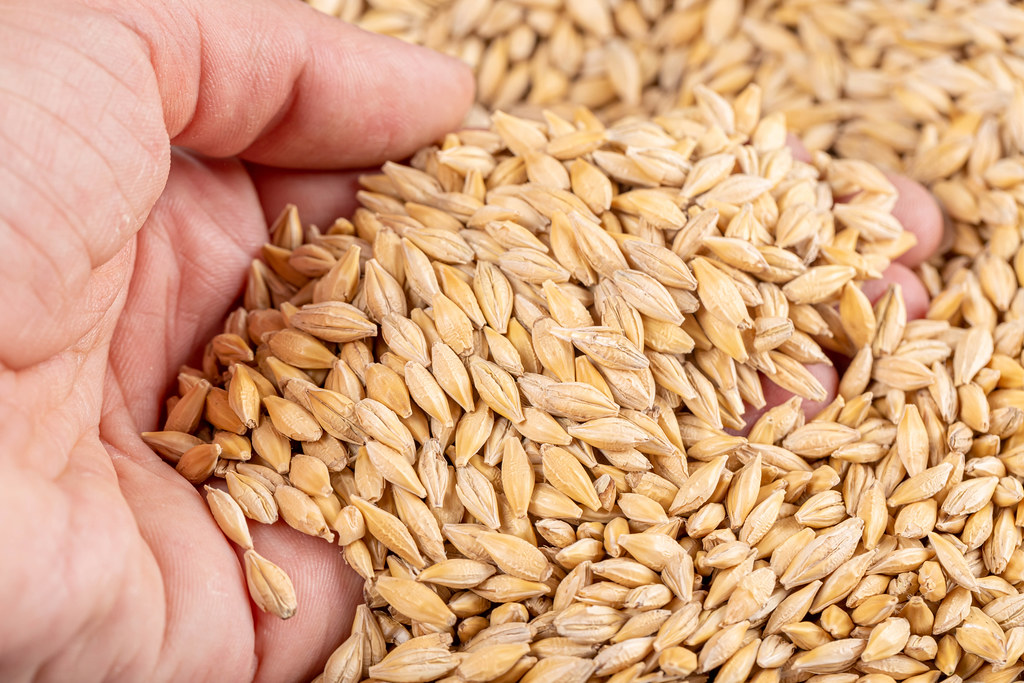
9. Pear
This sweet bell-shaped fruit is rich in folate, vitamin C, and potassium. It has about 4.5 g/100 g of fibre, most of which is present in the skin; hence it’s advisable to eat without peeling it.

10. Kidney beans
About 6.9 g of fibre is present in about 100 g of cooked kidney beans and has adequate amounts of resistant starch, which plays a crucial role in weight loss. They are also a good source of iron, potassium and phosphorus.
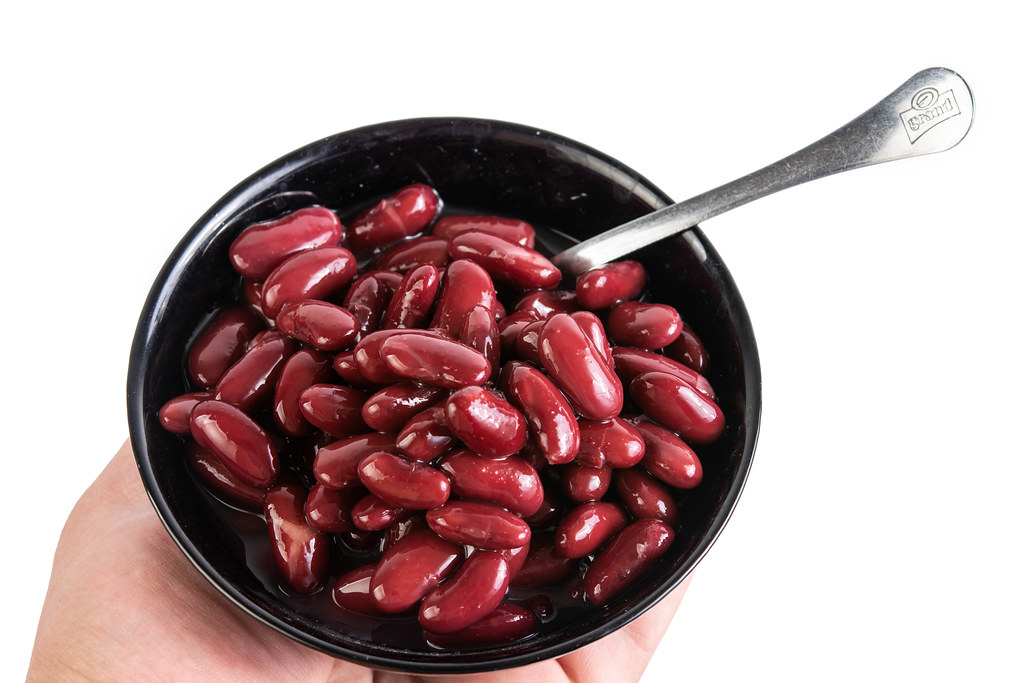
Conclusion
Fibre plays an essential role to maintain good health and prevents us from various chronic diseases. So incorporating fibre-rich food into your meal regularly will greatly improve your health and well-being.
Now you are aware of the various health benefits fibre offers. Try adding these fibre-rich foods to your diet and get supplemented with adequate fibre each day.
Follow VMax Wellness for a more regular diet and fitness-related updates!
